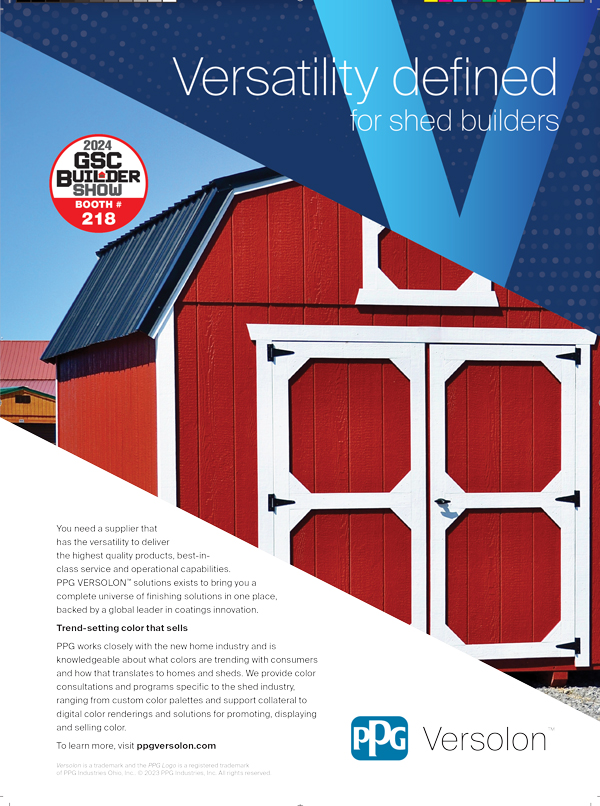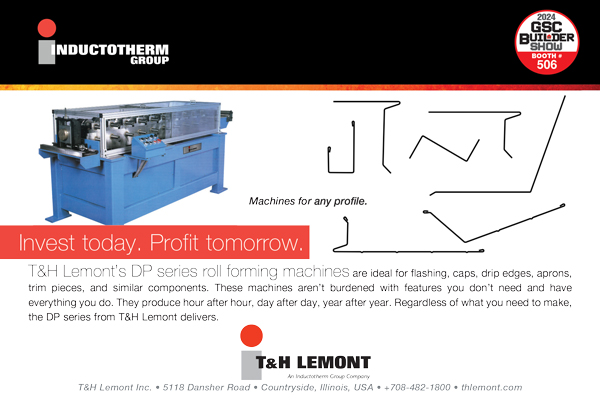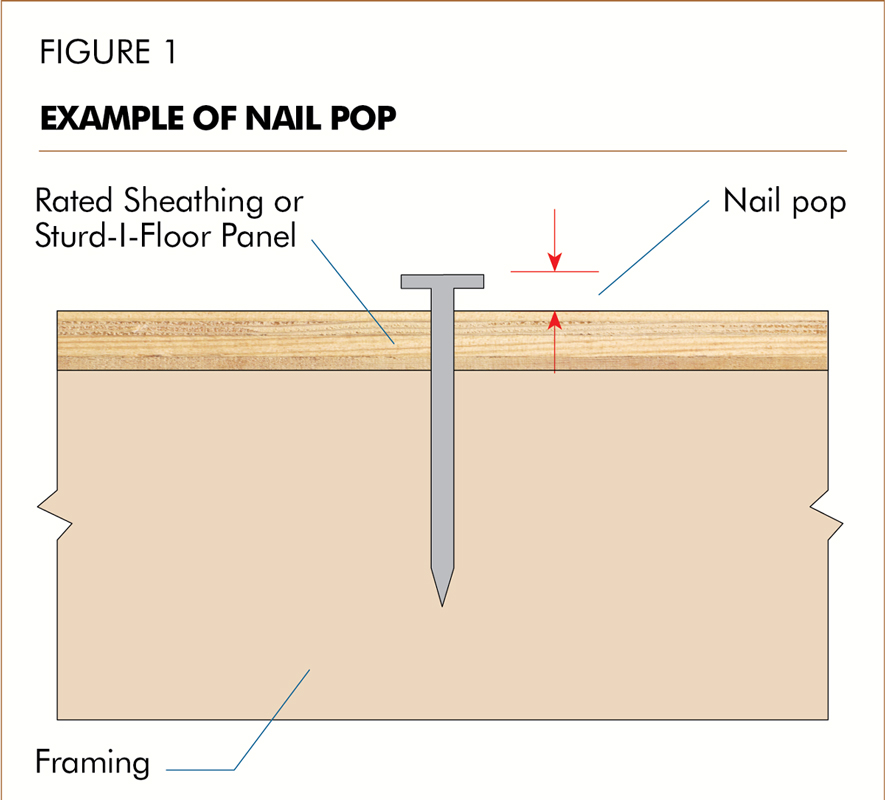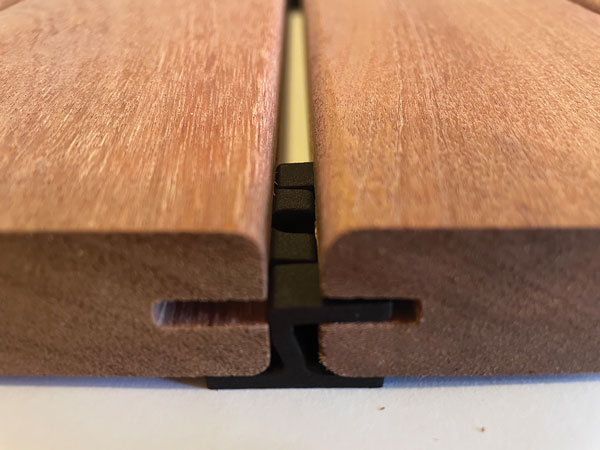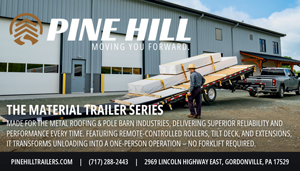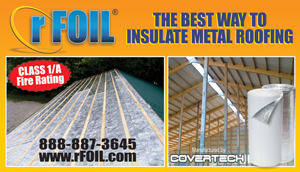Durable Options For Finishing Concrete Garage Floors
by Karen Knapstein
It’s hard to beat concrete as a garage or shed floor: It’s durable, strong, and can be finished in a variety of ways. The amount of water in the concrete mix determines its workability. Once the mix is poured into forms, it’s leveled (screeded) and then finished.
Committee 302 of the American Concrete Institute focuses strictly on concrete floors; it is a standing technical committee dedicated to collecting and disseminating accurate information about concrete floors. Committee 302 chairman Kevin MacDonald, a principal at Beton Consulting Engineering and associate professor at the University of Wisconsin, explained the significance of finishing concrete as it relates to the durability of the slab:
“Water takes up space in concrete. If too much water is added, the strength goes down and so does the resistance to damage. So we squeeze out water at the surface. By burnishing, we’re increasing the density by pushing the solid particles closer together at the surface.”
Garage floors can get pretty elaborate; let’s take a brief look at a few that don’t include stains and coatings. (We’ll look at stains and coatings in a future article.)
Trowel Finish
The most common way to finish concrete in a shed is the simple trowel finish. After the concrete is laid in the forms, it’s screed (leveled) and then fine-leveled with a trowel. A power trowel makes quick work of the process, but care must be taken to make sure the concrete is set up enough so as to not cause a wavy surface that your customer would not be satisfied with. The more the concrete is troweled, the smoother the finish becomes. Repeated troweling (burnishing) can make the concrete too smooth for a garage or shed, which will result in a very slippery floor. You don’t need your client sliding into the back wall the first rainy day they pull into their new garage … let alone think about the hazards of an oil spill.
Exposed Aggregate
Creating an exposed aggregate floor is an advanced skill, but different types of aggregates and aggregate combinations can create unique floors. To achieve an exposed aggregate finish, after the concrete is cast and screeded, the aggregate is uniformly broadcast onto the concrete surface. The aggregate is then worked into the concrete surface by screeding or by using tamping tools. A final pass with a bull float is made to make sure all the aggregate is covered with the concrete paste. Once the concrete has cured, the top layer of concrete is ground off, revealing the aggregate. Aggregates used to create this type of floor include river rock, quartz, granite, limestone, and marble.
Stamped Finish
Concrete is an economical building material. By pressing a pattern into fresh concrete, you can achieve the look of flagstones, brick, tile, slate or other more expensive flooring materials. Patterns come on rollers and mats. After the color and sealant are applied, the concrete really can look like those other materials.
Controlling Cracks
The final step in finishing concrete is cutting crack control joints. MacDonald explained, “As concrete is undergoing shrinkage, stresses start to build. When stresses are greater than the tensile strength, you’ll get a crack. So you put in a crack control joint every 24 to 36 times the slab thickness to get a controlled crack.” Cut to a depth equal to a quarter of the slab thickness and it will crack at that location because the cut creates a weakened plane.
“Controlled cracking is seen as normal,” he continued. “Once a slab is about 36 times larger than its thickness, it’s going to crack. You can have cracks occur randomly, or you can have them occur where you have your control joints and it will look better.”
Sealing
Concrete is porous; it tends to absorb water, chemicals, and other material it comes into contact with. The exposure to water, chemicals, and general use can damage the concrete. Finishing a concrete floor in a garage or shed with a penetrating sealer will protect against stains and help preserve the look of a new floor. GSCB


